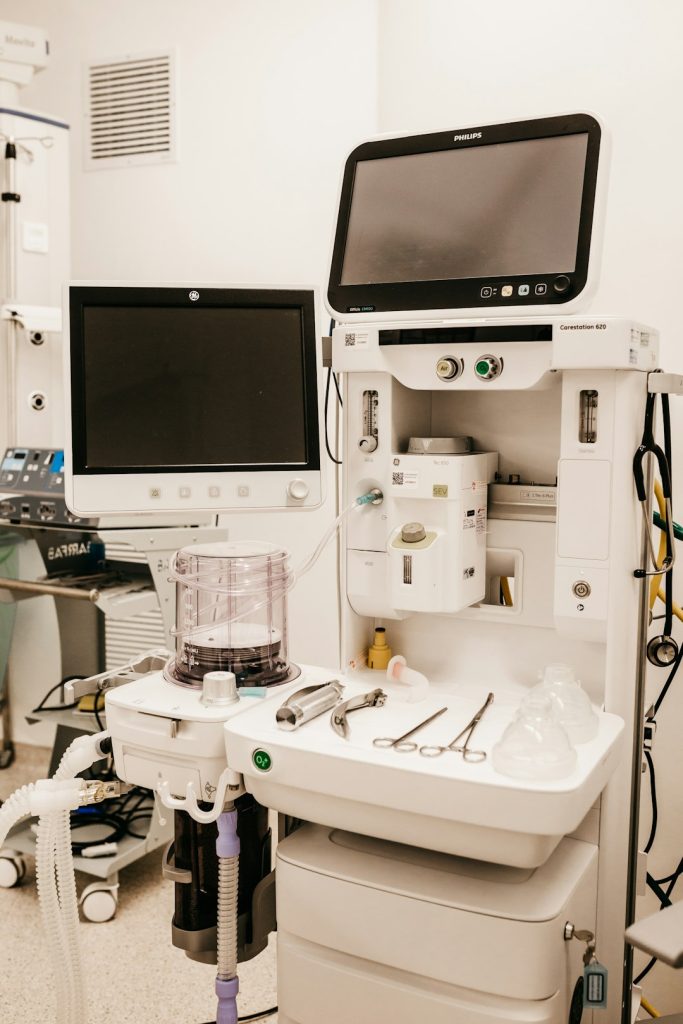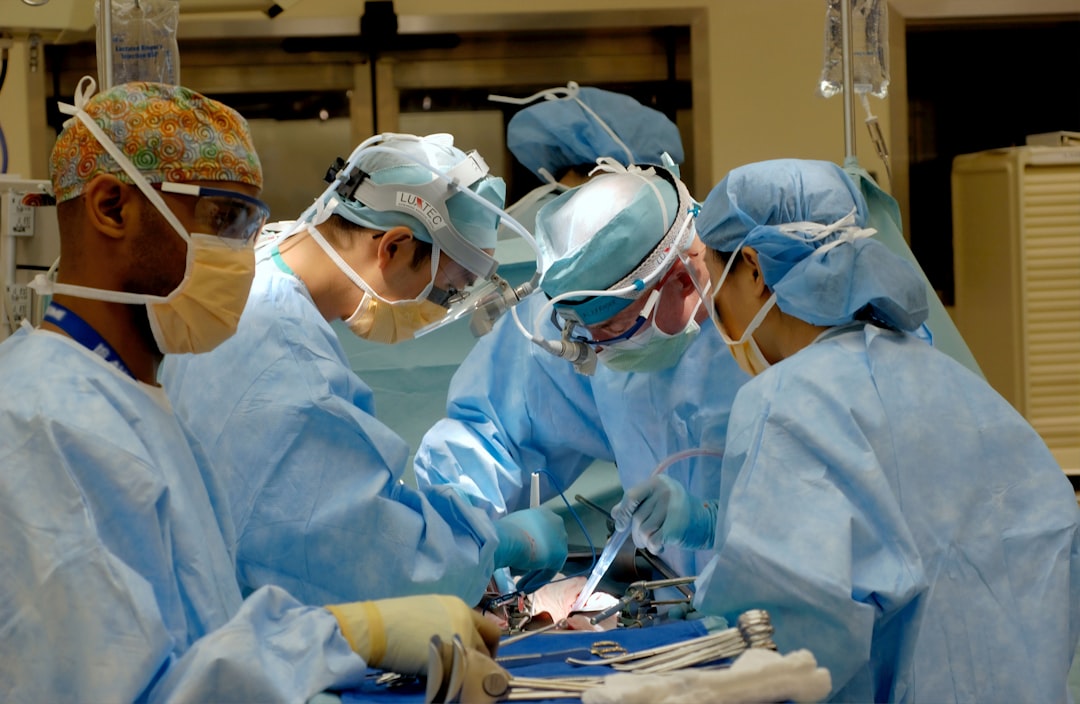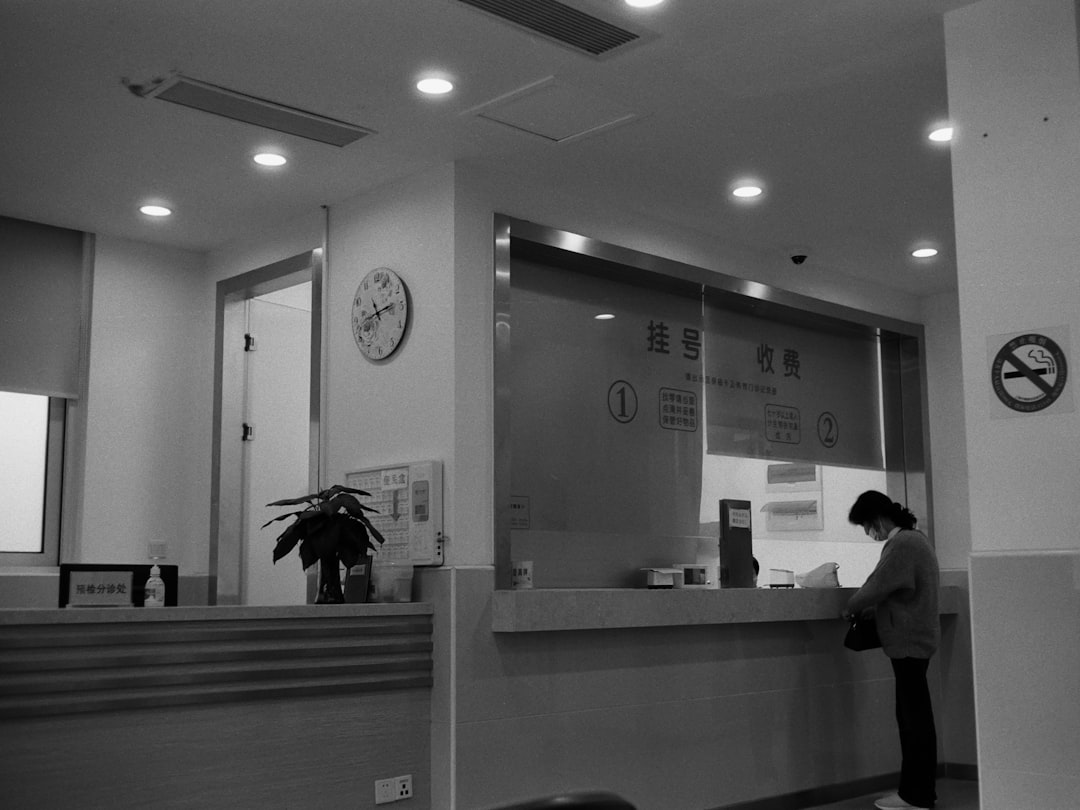CT Tech vs. MRI Tech: Differences in Education, Daily Tasks, and Salary

In the rapidly evolving healthcare industry, medical imaging plays a crucial role in diagnosing and treating patients effectively. Among the professionals who bring these detailed internal images to life are CT Technologists and MRI Technologists. Both roles are indispensable and require specialized knowledge, but they differ significantly in terms of education, responsibilities, and compensation. Whether you’re a student considering a career in diagnostic imaging or a healthcare worker thinking of branching into a new specialty, understanding these differences is essential.
TLDR: CT Tech vs. MRI Tech
CT Technologists primarily use X-ray technology to capture cross-sectional images of the body, while MRI Technologists use magnetic fields and radio waves. Both require similar base education, but MRI techs often undergo more specialized training. Daily tasks vary by modality and typically reflect the differences in equipment and procedures. Salaries are competitive, with MRI Techs generally earning slightly more due to the complexity of the technology used.
What is a CT Technologist?
A CT Technologist (Computed Tomography Technologist) is a radiologic technician who specializes in using CT scanners to create detailed images of internal organs, bones, and tissues. A CT scan combines a series of X-ray images taken from multiple angles and uses computer processing to create cross-sectional views of the body. These images assist physicians in diagnosing diseases, monitoring treatment progress, and guiding surgical procedures.
What is an MRI Technologist?
An MRI Technologist (Magnetic Resonance Imaging Technologist) operates MRI machines that use strong magnetic fields and radiofrequency pulses to produce precise images of organs and structures inside the body. MRI techs deal with more complex technology and often work in environments that require them to specialize in specific areas such as neuroimaging or musculoskeletal imaging.
Differences in Education and Training
Both professions typically begin with an associate degree in radiologic technology. However, the path diverges when it comes to specialization.
- CT Technologists often start as radiologic technologists and receive additional on-the-job training or certification in CT imaging. Some may pursue a CT-specific certificate program or a bachelor’s degree with a focus on computed tomography.
- MRI Technologists usually complete more specialized formal education, often through post-associate certification programs or dedicated MRI training tracks. Some institutions offer comprehensive programs specifically in MRI technology.
Certification is highly recommended—in fact, often required—for both fields. The American Registry of Radiologic Technologists (ARRT) offers credentialing for both CT and MRI techs, and maintaining this certification requires continuing education.
What Do Their Daily Tasks Look Like?
While both CT and MRI techs are involved in capturing diagnostic images, their daily activities and patient interactions differ due to the nature of the technologies used:
CT Technologist Daily Duties:
- Positioning patients for accurate imaging
- Administering contrast materials orally or via IV
- Conducting quick scans, especially useful in emergency and trauma cases
- Monitoring radiation dosage to ensure patient safety
- Communicating results to radiologists
CT Technologists often work in fast-paced environments such as emergency rooms, requiring them to manage multiple scans quickly and efficiently.

MRI Technologist Daily Duties:
- Preparing patients by ensuring no metal is worn or in the body
- Conducting detailed scans, which can take 30–60 minutes per body part
- Monitoring patients for anxiety or claustrophobia inside MRI machines
- Manipulating radio frequencies and magnetic fields to highlight soft tissues
- Collaborating with physicians to determine the right imaging protocol
MRI procedures tend to be longer and more detail-oriented, requiring a higher degree of precision and patient care during the scan process. Empathy and communication are invaluable in helping patients feel comfortable during sometimes lengthy procedures.
Work Environment and Equipment
Another major distinction lies in where and how these technologists perform their work:
- CT Techs often work in high-pressure areas such as emergency rooms, trauma centers, and outpatient imaging clinics. They typically use rotating X-ray equipment and may be exposed to some radiation as a result.
- MRI Techs generally work in quieter, more controlled settings such as radiology departments or specialized MRI centers. Since MRI machines use magnets instead of radiation, these environments are radiation-free but come with strict safety protocols due to the strong magnetic fields involved.
Technologists must follow strict safety guidelines, especially in MRI suites, where the presence of metallic implants or even a loose metal object can be hazardous.

Salary Differences: CT Tech vs. MRI Tech
One of the natural questions prospective imaging professionals ask is, “Which job pays more?” While the answer can vary depending on geographic location, certifications, and years of experience, here’s a general breakdown:
- CT Technologists: The average salary in the U.S. ranges from $60,000 to $75,000 annually.
- MRI Technologists: The average salary typically falls between $70,000 and $85,000 per year.
According to the U.S. Bureau of Labor Statistics, MRI techs tend to make more on average due to the complexity of their work and the specialized training required. However, CT techs often have more flexible career mobility due to the widespread use of CT technology in many types of medical facilities.
Job Outlook and Career Path
Both fields are experiencing steady growth. The demand for imaging professionals is tied directly to the aging population and increased access to health insurance and medical procedures.
- The BLS projects a 6% job growth for radiologic and MRI technologists through 2032, which is faster than average.
- CT techs can transition into supervisory or instructional roles or specialize further in areas like interventional radiology.
- MRI techs might move into research imaging, advanced neuroimaging, or even cross-train into other imaging modalities.
Which Career is Right for You?
Choosing between becoming a CT or MRI technologist largely depends on your interests, strengths, and long-term career goals. Consider the following:
- Prefer fast-paced, high-impact environments? CT might be a better fit.
- Enjoy detailed work and helping anxious patients? MRI may be more your style.
- Want a potentially higher salary and greater specialization? MRI often delivers on both fronts.
- Looking for wider job opportunities and the ability to work in varied settings? CT can offer more widespread opportunities.
Final Thoughts
CT Techs and MRI Techs both play pivotal roles in today’s healthcare system, offering competitive salaries, a fast-growing job market, and rewarding patient interactions. While they share a common foundation in radiologic science, their differences make each career uniquely suited to different personalities and ambitions. Whether you lean toward the emergency-room urgency of CT scans or the quiet precision of MRI imaging, both paths offer a promising future in medical imaging.
